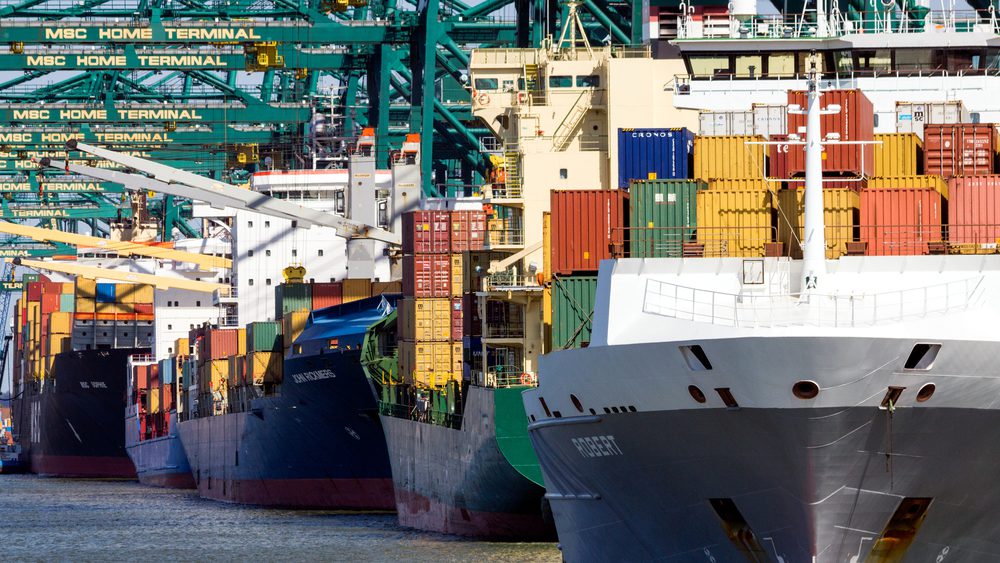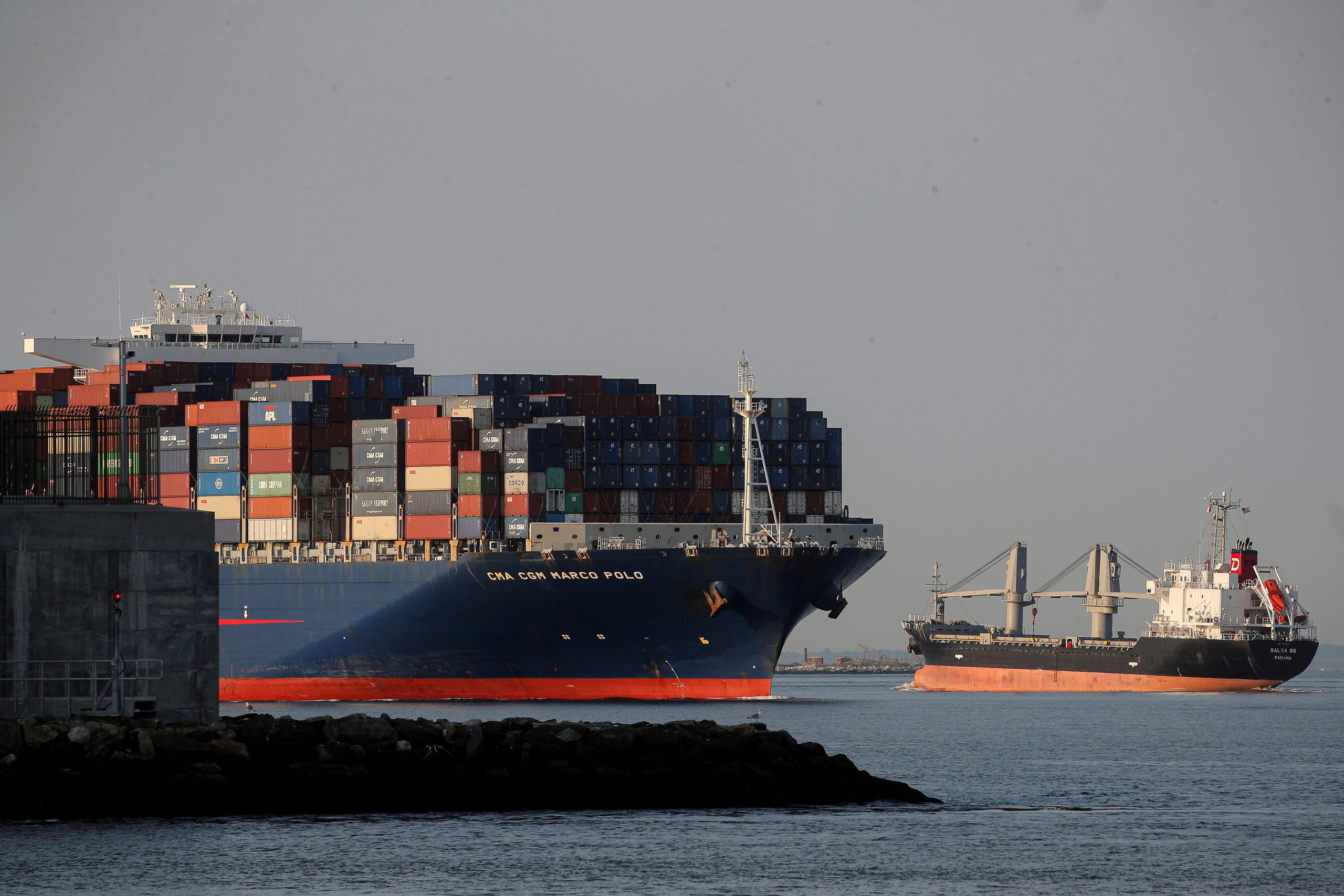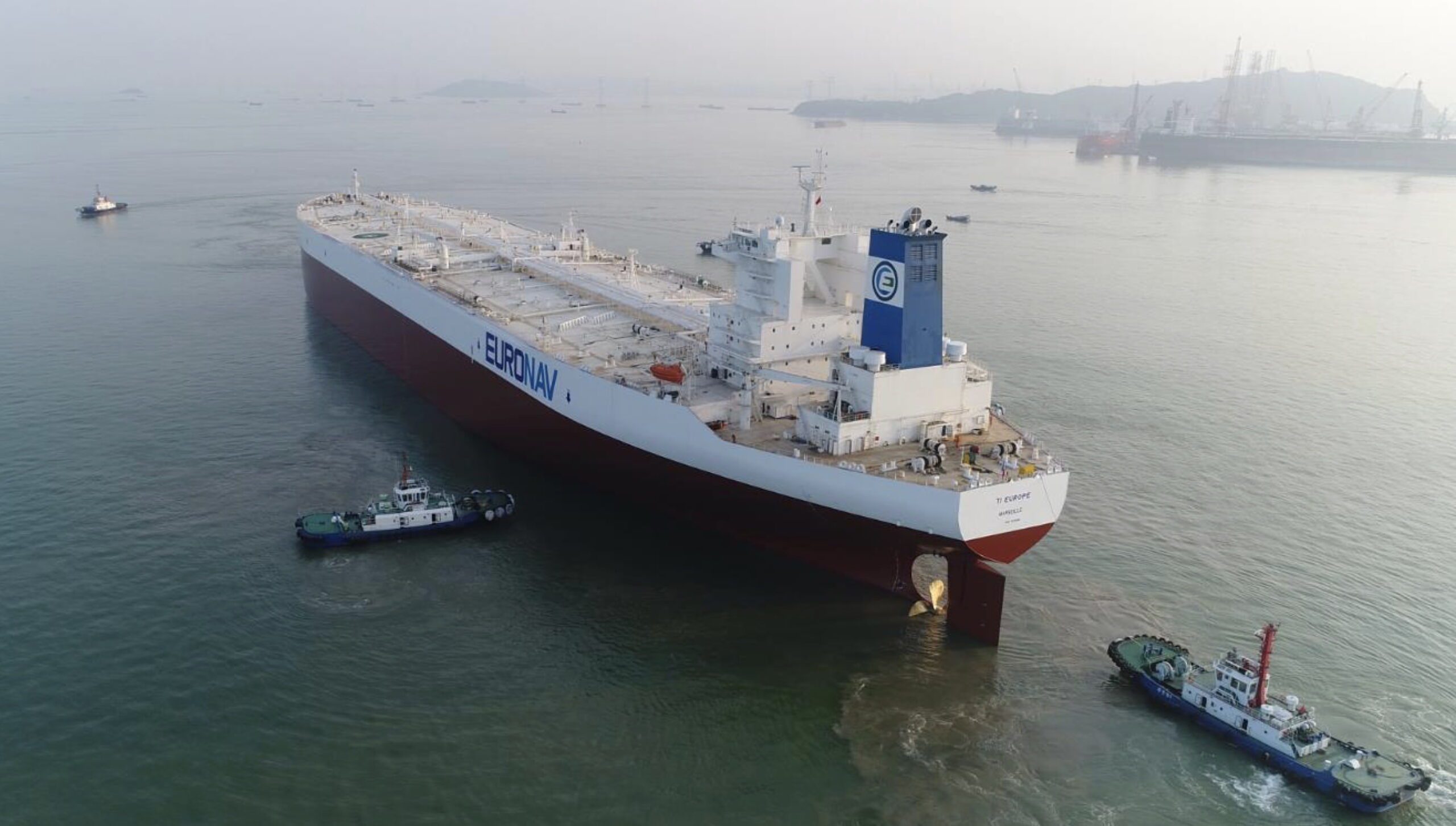VanderWolf Images / Shutterstock.com
Owners committed to retrofit exhaust gas cleaning systems (EGCS) to deal with the IMO’s 2020 global cap on fuel sulphur content need to keep in mind that no ‘one size fits all’ solution exists, even across sister ships, according to leading design and naval architecture company Foreship.
“Fitting large equipment to existing vessels is always challenging,” says Foreship Head of Machinery Department, Olli Somerkallio. “Scrubber installations seem straightforward, but they actually call on our full-service capabilities as a design house, involving our machinery, hull, electric, stability and safety departments.”
 Driven by entry into force of Emissions Control Areas, ships have had to achieve emissions equivalent to 0.1% sulphur content fuel from January 1, 2015. Scrubbers ‘wash’ exhaust gasses and allow ships to continue burning HFO with sulphur content of 3.5%, or even higher, while achieving the ECA limit. From 2020, an IMO emissions limit equivalent to burning 0.5% sulphur fuel content ‘goes global’, affecting an estimated 60,000 ships.
Driven by entry into force of Emissions Control Areas, ships have had to achieve emissions equivalent to 0.1% sulphur content fuel from January 1, 2015. Scrubbers ‘wash’ exhaust gasses and allow ships to continue burning HFO with sulphur content of 3.5%, or even higher, while achieving the ECA limit. From 2020, an IMO emissions limit equivalent to burning 0.5% sulphur fuel content ‘goes global’, affecting an estimated 60,000 ships.
Somerkallio recently drew attention to oil company expectations that, while most of shipping will turn to lower sulphur fuel to meet the 2020 emissions restrictions, a subsequent drop in HSHFO prices could mean up to 30% of ships could gravitate back to the fuel type by 2030. The number of scrubbers in position by 2020 may not exceed 4,000, he said, but future oil pricing would have a positive influence of ROI.
Foreship has so far participated in 34 EGCS projects, including 29 full retrofits, covering cruise ships, passenger ro-ro vessels, freight ferries and a containership. “Scrubber installation is one more example of having to give up revenue-earning space to meet a regulatory requirement, so our target must be to minimise the pain for the owner,” says Somerkallio.
As well as the design and installation work itself, scrubber projects demand material selection for harsh environments, ship stability analysis, exhaust gas back pressure calculations and equipment room ventilation calculations.
Foreship has advised customers to select multi-stream or in-line scrubbers, open loop, closed loop or hybrid systems. Open loop systems are simpler, using seawater for scrubbing but discharge waste water containing sulphur, which is not allowed in some locations. Closed loop systems recirculate treated fresh water, avoiding the waste water issue, but are more complex and costlier to run, and create waste storage and handling issues on board. Hybrid systems can operate as an open loop system while outside special areas.
A typical retrofit on board a 1990s-vintage cruise ship on which Foreship consulted saw an EGCS installed to accommodate four 12.6 MW four-stroke engines with the hybrid units scrubbing exhaust from all four main engines. Also typical was a retrofit on board a ro-ro ship built in the early 2000s, powered by twin 8.1 MW four-stroke engines. In this case, a ‘hybrid ready’ scrubber was selected.
In all cases, the design process begins with a feasibility study that draws on systems and structural inspections made onboard ship by Foreship designers, and a comparison of available EGCS equipment. The subsequent basic design work generates drawings to cover the EGCS arrangement, tank plan, piping and scrubber water diagrams, electrical and automation integration design, the stability & loading manual, damage stability calculations, the structures for the scrubber room and/or foundations and the sea chest, and the process tanks. This is supplemented by detail design which is handled by the systems integrator under Foreship’s supervision, and support given by Foreship on site, which could result in modifying existing drawings for the installation team.
“The system work is also usually more complex than it first appears,” Somerkallio observes. “New pumping, water treatment and tank storage equipment will be required, but consideration is also needed at the individual ship level of the need to integrate the EGCS with existing equipment, the routing of large diameter piping and its communication with the ship’s automation systems. In the cruise market, owners also expect installation to be carried out when the ship is under way.”

 Join The Club
Join The Club




 Driven by entry into force of Emissions Control Areas, ships have had to achieve emissions equivalent to 0.1% sulphur content fuel from January 1, 2015. Scrubbers ‘wash’ exhaust gasses and allow ships to continue burning HFO with sulphur content of 3.5%, or even higher, while achieving the ECA limit. From 2020, an IMO emissions limit equivalent to burning 0.5% sulphur fuel content ‘goes global’, affecting an estimated 60,000 ships.
Driven by entry into force of Emissions Control Areas, ships have had to achieve emissions equivalent to 0.1% sulphur content fuel from January 1, 2015. Scrubbers ‘wash’ exhaust gasses and allow ships to continue burning HFO with sulphur content of 3.5%, or even higher, while achieving the ECA limit. From 2020, an IMO emissions limit equivalent to burning 0.5% sulphur fuel content ‘goes global’, affecting an estimated 60,000 ships.






